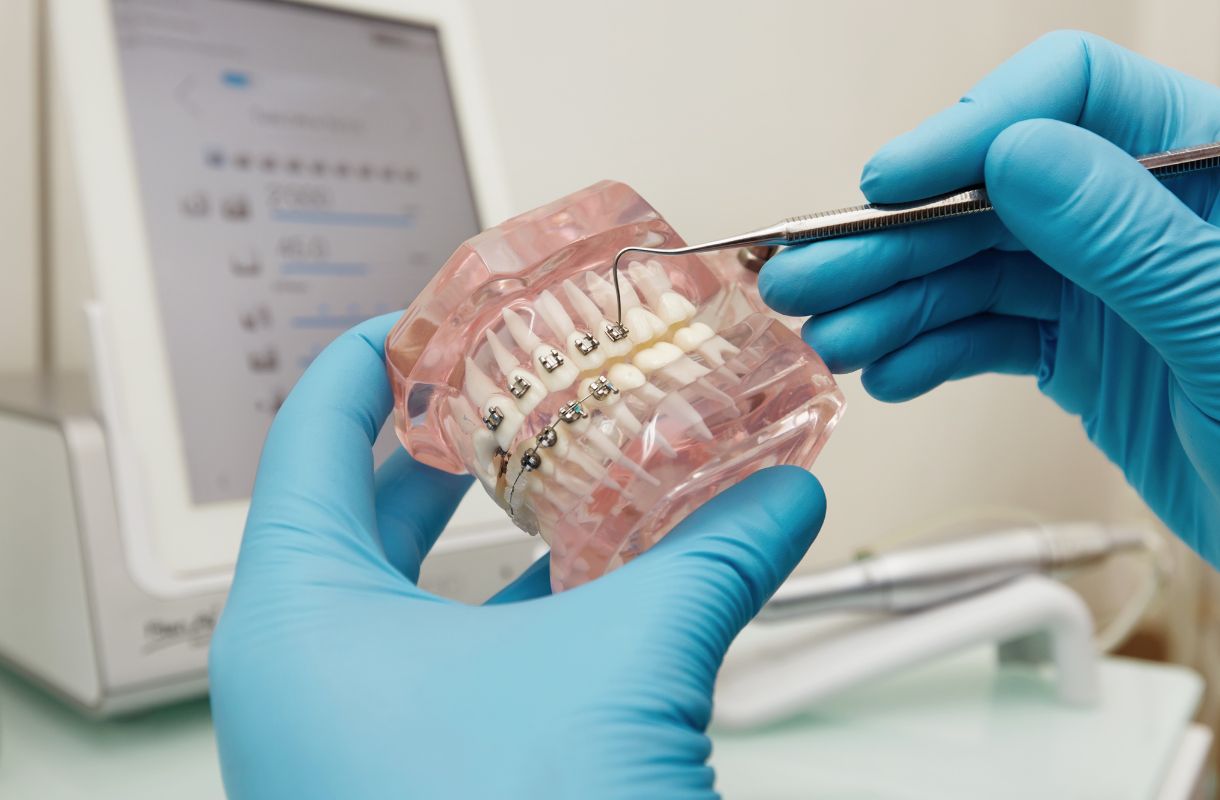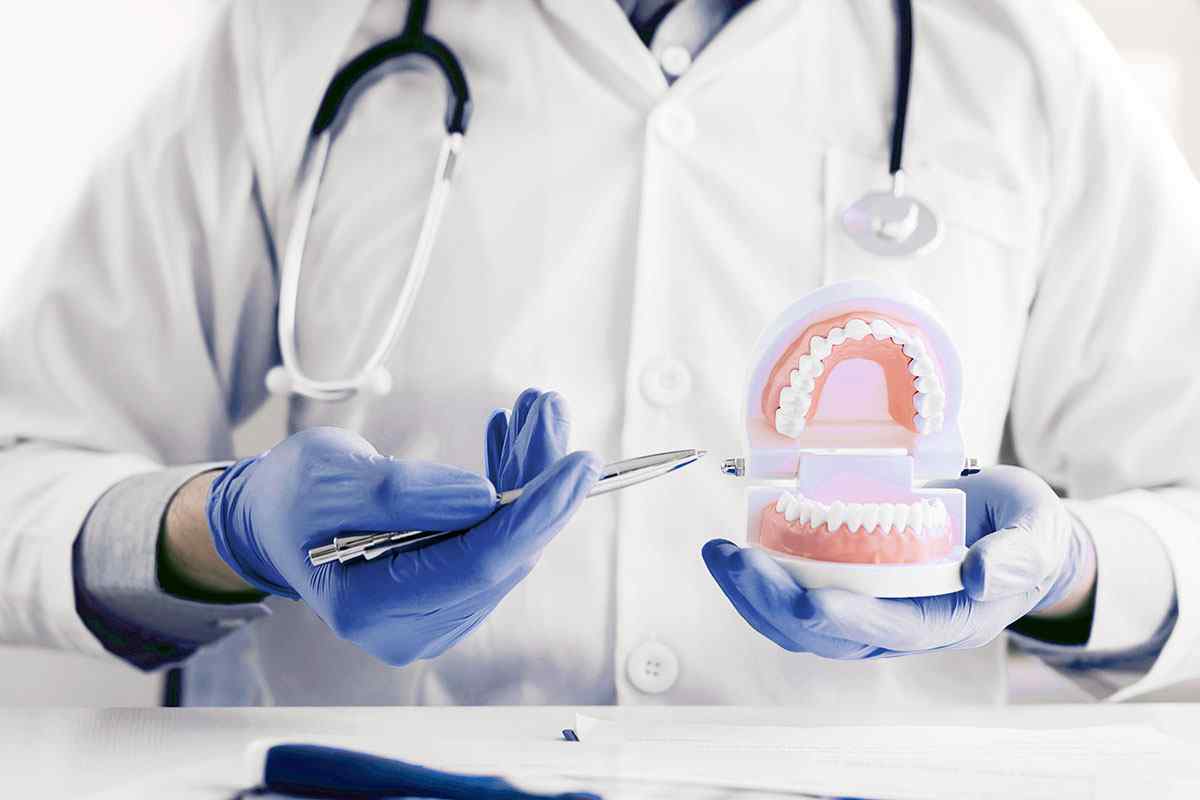What are
Dental Implants?
Dental implants are artificial tooth roots made of biocompatible materials, typically titanium, that are surgically placed into the jawbone.
They serve as a strong foundation for fixed or removable replacement teeth, known as crowns. Unlike traditional dentures or bridges, implants look, feel, and function like natural teeth.
Types of Dental Implants
Dental implants are a revolutionary solution for replacing missing teeth. They offer a permanent, natural-looking alternative to traditional dentures or bridges.
There are several types of dental implants, each designed to meet specific patient needs and situations:
1. Endosteal Implants
Endosteal implants are the most common type of dental implant used today. They are suitable for most patients with a healthy jawbone.
- Design: These implants are typically screw-shaped or cylindrical, resembling small screws.
- Placement: They are surgically placed directly into the jawbone.
- Process: After placement, the implant fuses with the natural bone through a process called osseointegration.
- Usage: Once healed, these implants can support one or more artificial teeth.
2. Subperiosteal Implants
Subperiosteal implants are an alternative for patients who don’t have enough healthy jawbone for endosteal implants and can’t, or don’t want to, undergo a bone augmentation procedure.
- Design: These consist of a metal frame that fits onto the jawbone under the gum tissue.
- Placement: As the gums heal, the frame becomes fixed to the jawbone.
- Usage: Posts attached to the frame protrude through the gums to hold the artificial teeth.
3. All-on-4 Implants
All-on-4 implants are an innovative solution for patients who need to replace a full arch of teeth.
- Design: This technique uses four implants to support a full arch of teeth.
- Placement: Two implants are placed vertically at the front of the jaw, and two are placed at an angle at the back of the jaw.
- Benefits: This method often eliminates the need for bone grafting and allows for immediate loading of teeth.
The Dental Implant Procedure
The dental implant process typically involves several stages:
- Initial Consultation and Planning: Your dentist will conduct a thorough examination, including 3D imaging of your jaw, to plan the implant procedure.
- Implant Placement Surgery: The implant is surgically placed into the jawbone. This is usually done under local anesthesia.
- Osseointegration: This healing period allows the implant to fuse with the jawbone, typically taking 3-6 months.
- Abutment Placement: Once healing is complete, an abutment is attached to the implant. This is the connector between the implant and the crown.
- Crown Attachment: Finally, a custom-made crown is attached to the abutment, completing the restoration.
Benefits of Dental Implants
Dental implants offer numerous advantages over traditional tooth replacement options:
- Natural Appearance and Function: Implants look and feel like natural teeth.
- Improved Speech: Unlike ill-fitting dentures, implants allow you to speak without worry.
- Enhanced Comfort: Implants become a part of you, eliminating discomfort of removable dentures.
- Easier Eating: Implants function like your own teeth, allowing you to eat your favorite foods with confidence.
- Improved Oral Health: Unlike tooth-supported bridges, implants don’t require reducing other teeth.
- Durability: With proper care, implants can last a lifetime.
- Convenience: Implants eliminate the embarrassment of removing dentures and the need for messy adhesives.
- Preservation of Jawbone: Implants stimulate bone growth, preventing bone loss that occurs when teeth are missing.
The Importance of Bone Health
Sufficient bone density is crucial for the success of dental implants. If you lack adequate bone, your dentist may recommend:
- Bone Grafting: This procedure adds bone or bone-like materials to your jaw to create a solid base for the implant.
- Sinus Lift: For upper jaw implants, this procedure adds bone below the sinus if there is insufficient bone height in the upper jaw, or the sinuses are too close to the jaw.
Post-Surgery Care Instructions
Here are a few instructions to follow after implant surgery:
- Bleeding: Gently bite on gauze packs for one hour. Change only if bleeding continues. Replace with fresh gauze for 30 minutes if needed. Blood in saliva is normal for the day.
- Smoking: Avoid smoking as it delays healing and increases discomfort.
- Pain & Nausea: Manage discomfort with pain medication taken before anesthesia wears off. Nausea can occur from swallowed blood or medication. Cola or ginger ale helps. Eat soft food before pain pills.
- Activities: Avoid driving, heavy lifting, and alcohol while on medication. Lower blood pressure to aid healing. Swelling peaks 2-3 days post-surgery also use cold packs in 20-minute intervals.
- Numbness & Sore Throat: Numbness from anesthesia can last hours; avoid biting the area. Sore throat from swelling usually resolves in 2-3 days.
- Brushing & Oral Hygiene: Do not brush teeth for the first 8 hours. Brush gently after, avoiding the surgical area for 3 days. Start saltwater rinses 24 hours after surgery if bleeding is minimal.
- Diet: Stick to soft foods for the first few days. Avoid hot foods, straws, and items that can get lodged in surgical areas.
- Sharp Edges & Stiff Jaw Muscles: Hard or sharp areas may be bone slivers. Contact us if you are uncomfortable. Stiff jaw muscles are normal and should improve within a week.
- Discoloration & Antibiotics: Bruising may appear 2-3 days after surgery. Use moist heat after 36 hours to reduce it. Take all antibiotics as prescribed.
- Sinus & Removable Appliances: If your sinus was involved, avoid blowing your nose and wind instruments for one week. Follow dentist’s instructions regarding dentures.
- Follow-Up: You may need a follow-up within 14 days for suture removal or healing checks. Additional procedures may be required later.
Potential Risks and Complications
While dental implants have a high success rate, potential risks include:
- Infection at the implant site
- Injury or damage to surrounding structures, such as other teeth or blood vessels
- Nerve damage, which can cause pain or numbness
- Sinus problems, when implants placed in the upper jaw protrude into the sinus cavities
Implants vs. Dentures:
- Fixed vs. Removable: Implants are permanently fixed in your mouth, while dentures can be removed.
- Jawbone Health: Implants help maintain jawbone structure, but dentures may contribute to bone loss over time.
- Stability & Comfort: Implants offer superior stability and comfort compared to dentures.
Implants vs. Bridges:
- Tooth Preservation: Implants don’t require altering neighboring teeth, unlike bridges.
- Ease of Cleaning: Implants are easier to clean and maintain.
- Longevity: Implants typically last longer than bridges, making them a durable solution.
Cost of Dental Implants
The cost of dental implants can vary significantly based on factors such as the number of implants needed, the complexity of the case, and additional procedures required. Here’s an overview of approximate costs in India:
- Single Tooth Implant: ₹20,000 to ₹50,000
- Full Mouth Implants: ₹1,50,000 to ₹5,00,000
It’s important to note that these are approximate ranges, and the actual cost may vary. Many dental insurance plans cover a portion of the cost of implants. We recommend consulting with our dental team for a personalized cost estimate based on your specific needs.
FAQs
Yes, but diabetes must be well-controlled. Uncontrolled diabetes can affect healing and increase the risk of implant failure.
In some cases, implants can be placed immediately after extraction. However, typically a healing period of 3-6 months is recommended.
With proper care and maintenance, dental implants can last a lifetime. The implant itself (the part fused to the bone) can last several decades, while the crown (visible part) may need replacement after 10-15 years due to normal wear and tear.
No, implant crowns are made of materials that don’t respond to whitening treatments. They’re color-matched to your natural teeth at the time of placement.
There’s no upper age limit for dental implants. As long as you’re in good general health and have adequate bone density, you can be a candidate at any age.
Prosthodontics
Get In Touch With Us
+91 7702425551 - Hitech City
Book An Appointment
Book a visit to Smiline, simply fill out the form below and we will contact you back regarding the intervention you require.



